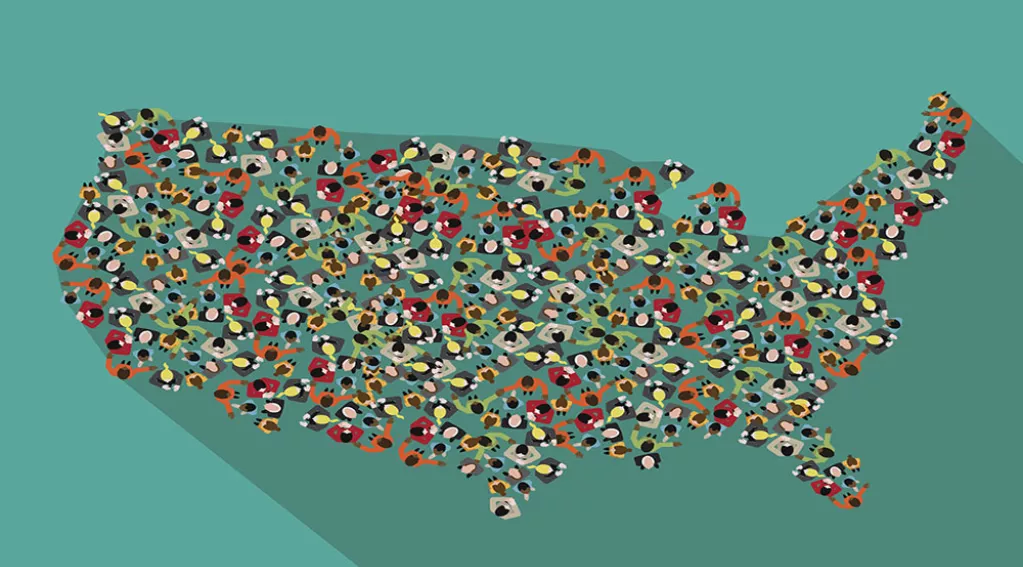Immigration Growth Agenda Doesn’t Work

Fromleftist politicians to libertarian think tanks, it’s conventional wisdom thatAmerica requires evermore immigrants to keep its economy going and to offsetthe aging of the American population. President Trump is on board, nowdeclaring, “I need people coming in.”
Notso fast.
Thoughthe U.S. is on track to receive 75 million foreign arrivals by 2060, newresearch shows that their presence will do little to stop the country fromaging. Turns out that immigrants get old like the rest of us.
“Under current census projections, the working-age (16-64) share of the population in 2060 would be 59 percent. It would still be 58 percent in a population-stabilization scenario where we cut immigration by two-thirds,” reports Steven Camarota and Karen Zeigler of the Center for Immigration Studies.
Under a zero-immigration policy, there would be 89.8 million people 65 and older in 2060. But assuming current levels of immigration continue, there will be94.7 million people 65 and older in 2060, according to CIS models. (This does not count illegal aliens, who, by the way, are staying in this country for longer periods.)
Immigrationenthusiasts have put America on a highly inefficient treadmill that demands anaccelerating influx of foreign arrivals.
Accordingto CIS, immigration levels would have to be five times the current rate toroughly preserve the working-age share of the population. This would produce atotal U.S. population in 2060 of 706million — more than doubling today’s head count, and boosting the share offoreign-born residents to an unprecedented 36.4 percent.
Camarota’sreport recommends better alternatives to such a socially disruptive andenvironmentally destructive trajectory.
Raising the retirement age two years. Evenwith zero net immigration, this would have about the same impact on theworking-age share or ratio of workers to retirees in 2060 as the level of netimmigration projected by the Census Bureau.
Increasing the share of working-age people who are actuallyemployed. The present labor force participation rate forworking age adults is 63.2 percent, low by historic standards. Returning to a moretypical 75 percent rate would have the same effect as vastly higher immigrationlevels.
FAIR has repeatedly debunked the notion that the U.S. must rely on massive infusions of foreign labor. From agriculture to nursing to technology reputed shortages of workers are, in fact, partly manufactured by bottom-feeding employers pushing Americans out of jobs.
Meantime, America’s foreign-labor lobby is working overtime. The Migration Policy Institute this week unhelpfully suggested, “Amid U.S. demand for higher skills and education, credentialing ‘immigrant-origin’ adult workers could be key.”
Libertarians contend that large-scale population growth creates more opportunities for businesses, workers and consumers. The Left leverages this mantra for perceived political gain. Naturally, corporatist conservatives are buying in, too.
Yet the bigger-is-better agenda fails to address critical – and growing — concerns about the size, density and cohesion of our population while ignoring (or embracing) steep fiscal and environmental costs.
Ultimately,it’s a lose-lose proposition.
AsCamarota notes, “The debate should not be whether [immigration] makes for amuch larger population — it does. The debate should also not be whether it hasa large impact on increasing the working-age share of the population or theratio of workers to retirees — it does not.”

